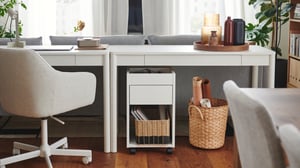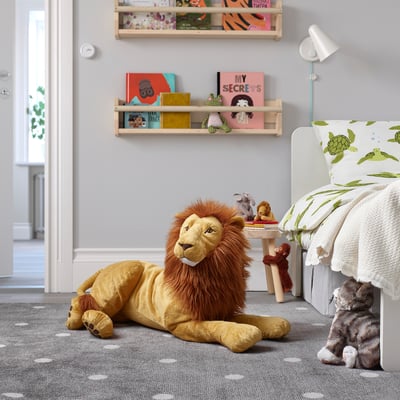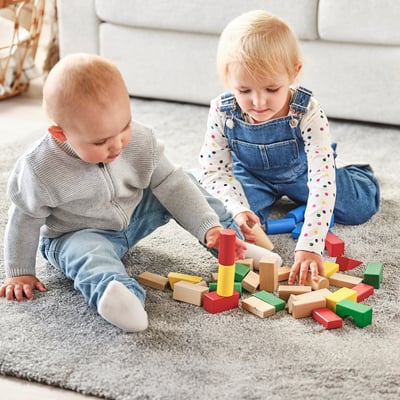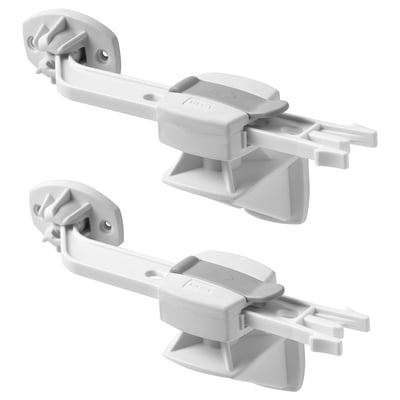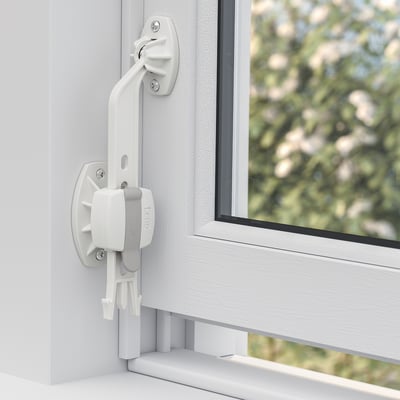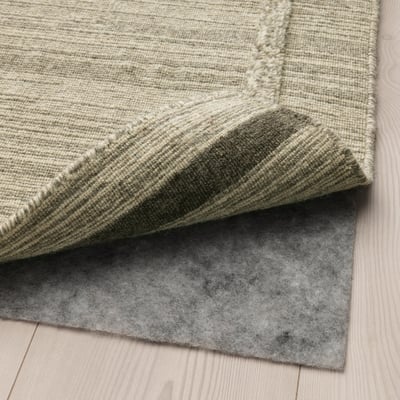A home for children to play in
Play is a vital part of children’s happiness and all-round development – so you certainly want to encourage it. You simply need to safeguard the areas in your home where innocent play might lead to more than just a minor bump.
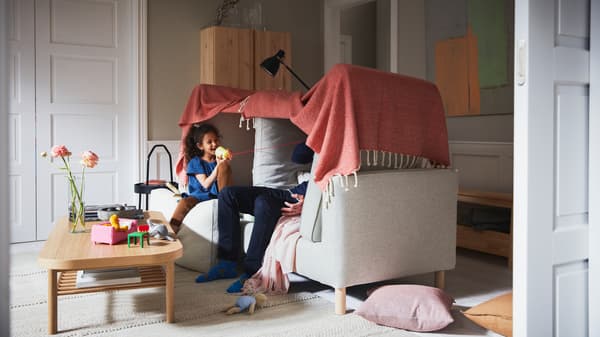

Being mindful that anything can become a plaything
For young children, anywhere and everywhere can be a playground. You can’t always predict when – and with what – a child will want to play. So, you just have to try to look at the whole home through their eyes. This will help you to identify potential danger areas – so that you can take steps to reduce the risks.
Some of the most serious injuries to children at play come from the tip-over of unsecured furniture, from choking on small objects and from falls out of windows or down the stairs. Fortunately, your home can be a place where children at play is a joy, rather than a worry.

With a higher centre of gravity compared to an adult, a child can easily lose balance and fall over.
What to look out for so that playtime is a safer time
Imagine that you’re a child again, full of curiosity and adventure. Now, with that perspective, take a walk around your home to see where mishaps could happen.
A few tips to help prevent falls and tip-over injuries
- Storage furniture and TVs can cause serious injury if they tip over – always secure them to the wall.
- Store the heaviest items lower down for better stability of storage units.
- A child may be tempted to climb furniture to reach a toy or other item – store them on lower shelves to reduce the risk.
- Small children have relatively heavy heads so can easily lose balance – restrict access to windows and fit safety locks to prevent them falling out.
- Children can fall over while running around – anti-slip underlays and corner bumpers can help to reduce the risk of getting hurt.
A few tips to avoid choking and other play injuries
- Babies and children explore with their mouths – keep small items out of reach to avoid the risk of choking.
- Toddlers love to play with older siblings’ toys – make it a habit to check such toys for small parts.
- If swallowed, button batteries can cause chemical burns that may be fatal – so keep them safely stored away.
- Some houseplants are toxic and plant pots may contain small stones or other choking hazards – best to keep them out of reach.
- Window blind cords are potential strangulation hazards – secure them to the wall or instead choose blinds with hidden cords.
- Playing near power cables risks strangulation or pulling over electrical appliances – keep them out of reach.

IKEA window blinds have the cords hidden inside, which means there’s less risk of entanglement or injury.




